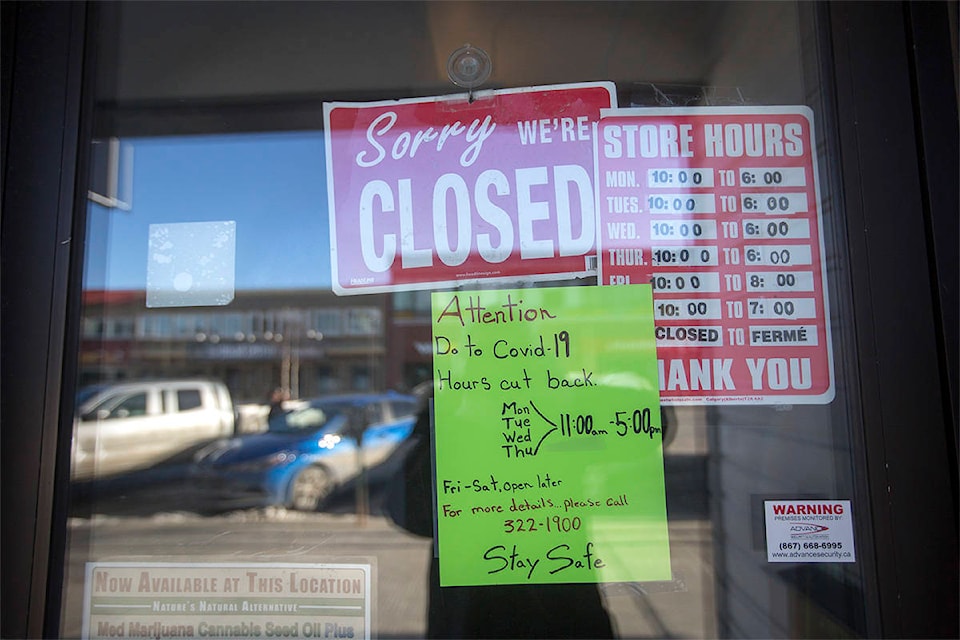Less than a third of Yukon businesses have seen employees working from home since the COVID-19 pandemic began, and the majority do not expect to have any working remotely once the pandemic’s over.
That’s according to a newly-released document from the Yukon Bureau of Statistics summarizing data on the impact of COVID-19 on Yukon businesses.
The data was taken from Statistics Canada’s second iteration of its Canadian Survey on Business Conditions. The first survey, which contained data relevant up to March 31, was done using a different methodology — the department crowdsourced data for the first one, while the second used a “probability-based sample” of businesses to better reflect the national picture for businesses across Canada. That means that the data between the two reports cannot be accurately compared.
A total of 203 Yukon businesses participated in the second survey, which is relevant up to May 31.
According to the data, nearly 81 per cent of Yukon businesses had zero to one per cent of its workforce working remotely prior to Feb. 1 (6.4 per cent reported having all their employees working remotely).
By May 31, the percentage of businesses with no employees working from home had dropped to 68.8 per cent, and 7.3 per cent had their entire workforce working remotely.
About 17 per cent said they expected some portion of their workforce to continue working remotely once the pandemic ends, but 77.7 per cent responded that they expected less than one per cent of their employees to remain at home.
When it came to any upcoming changes to the sizes of their workforces over the next three months, 61 per cent of businesses said they expected their number of employees to stay the same. Of the remaining businesses, close to 11 per cent said they were uncertain, but more said they expected an increase than a decrease — about 18 per cent, compared to about 10.
Just more than half of the surveyed businesses said they anticipated at least some challenges in finding and recruiting qualified workers once the “economy returns to a normal state of activity,” with about 45 per cent saying they also expected challenges in retaining qualified workers.
Meanwhile, more than a quarter of businesses reported a 50 per cent or more decrease in revenue between April 2019 and April 2020, while about 32 per cent said there was no change. Overall, about 60 per cent of businesses reported some decrease in revenue, while the remaining eight per cent reported an increase.
The vast majority of businesses said they needed, or expected to need, personal protective equipment and supplies in response to the relaxation of physical distancing measures. More than 68 per cent said they needed cleaning products; 59.6 per cent said they needed masks and eye protection; 52.1 per cent said they needed gloves; and 30.3 per cent reported needing plexiglass or sneeze guards. However, 21.8 per cent reported not needing any equipment or supplies at all.
Contact Jackie Hong at jackie.hong@yukon-news.com
